While there’s no one-size-fits-all answer, Juniper firewalls can be “better” than Cisco in certain dimensions—particularly cost-efficiency, architectural simplicity, and threat-intelligence integration—while Cisco maintains advantages in ecosystem breadth, unified visibility, and a larger partner network. Which vendor is right for you depends on your organization’s priorities: total cost of ownership, operational scale, existing skill sets, and the specific security features you need.
Below, we first cut to the chase—comparing the two at a glance—then unpack detailed differences across architecture, security services, performance, management, cost, and support.
Table of Contents
Quick Comparison: Juniper vs. Cisco NGFWs
| Criterion | Juniper SRX / NGFW | Cisco Firepower / ASA-Next Gen |
|---|---|---|
| Overall Gartner Rating | 4.6 stars (262 reviews) | 4.5 stars (1,511 reviews) |
| Cost & Licensing | Lower hardware/list price; more modular feature bundles | Higher entry price; feature-rich bundles but can be costly at scale |
| Core OS & Architecture | Junos OS: single-source, modular, stable; strong CLI consistency across routers, switches, firewalls | Cisco FXOS + Firepower Threat Defense: dual-OS stack adds complexity; evolving toward unified management |
| Security Services | AppSecure, IPS, UTM optional, rich threat-intel from Juniper ATP Cloud | Industry-leading IPS, URL filtering, malware defense, Advanced Malware Protection (AMP) |
| Performance & Scalability | High throughput on SRX5000 line; scale via chassis clusters; session sync across nodes | Broad platform portfolio from small to hyperscale; Firepower modules offload security to dedicated ASICs |
| Management & Automation | Junos Space, NorthStar, REST, PyEZ; AI-driven cloud (Mist) integration | Cisco Secure X, FMC/Firepower Management Center, DNA Center, wide ecosystem of APIs |
| Partner Ecosystem | Robust but smaller; strong regional VARs and cloud partners | Massive global partner network; deep integration with broader Cisco portfolio |
1. Architectural Foundations
Juniper’s Junos OS runs natively on all SRX and routing platforms. Its modular, single-source codebase means the control plane, packet forwarding engine, and management processes live in isolated memory spaces—minimizing blast radius during software updates and crashes. Administrators benefit from a consistent CLI syntax across switches, routers, and firewalls, shortening the learning curve.
Cisco’s Firepower/FXOS stack, by contrast, is a dual-OS architecture: Firepower Threat Defense (FTD) runs as a guest OS on an underlying FMC/FXOS host. While feature-rich and integrating mature IPS and AMP engines, it introduces operational complexity—especially in upgrades and troubleshooting.
2. Security Feature Set
- Application Awareness
- Juniper: AppSecure identifies applications by signatures and heuristics, enforcing policies at Layer 7.
- Cisco: Firepower’s App-ID delivers one of the most granular and up-to-date application fingerprint databases.
- Intrusion Prevention & Malware Protection
- Juniper: Integrated IPS with ATP (Advanced Threat Prevention) subscription for sandboxing unknown binaries.
- Cisco: Industry-leading Snort-based IPS and AMP—leveraging Talos threat intelligence across endpoints, email, and web.
- Unified Threat Management (UTM)
- Juniper: Optional UTM services (antivirus, anti-bot, web filtering) on branch SRX models.
- Cisco: ASA 5500-X models include FirePOWER services; however, licensing tiers can drive up costs.
Real-world reviewers often praise Juniper for simpler licensing—you pick only the modules you need—while Cisco’s all-in-one appliances can be feature-dense but expensive.
3. Performance & High Availability
Both vendors offer line-rate performance on mid-range and high-end appliances, but their approaches differ:
- Juniper SRX Chassis Cluster
Provides active/active or active/passive HA with stateful session synchronization via Redundancy Groups (RG). Scalability up to SRX5400/5600 platforms delivers multi-Tbps throughput. - Cisco Firepower Clustering
Uses stateful clustering with dedicated security processor ASICs (e.g., SSe modules). Clusters of up to eight FTD appliances can exceed 1 Tbps, but require meticulous version alignment.
Under load testing, both architectures show sub-millisecond failover times and minimal packet loss—but Juniper’s per-RG failover granularity can offer finer control over which services flip over in mixed-traffic scenarios.
4. Management, Automation & Cloud Integration
- Juniper
- Junos Space Security Director: unified policy and device management.
- NorthStar Controller: traffic engineering for secure WAN overlays.
- Mist AI: cloud-native operations, Marvis™ troubleshooting assistant, Secure AI-Native Edge for SD-WAN+ZTNA.
- Cisco
- Firepower Management Center (FMC): policy, threat, and event management.
- Secure X: broad orchestration across endpoints, email, cloud workloads.
- DNA Center: automation for campus and branch networks.
Gartner peer reviewers note that both vendors deliver robust APIs, but Juniper’s streamlined CLI+PyEZ approach often leads to faster time-to-automation, especially in greenfield deployments.
5. Cost of Ownership
According to CBT Nuggets, Juniper’s list prices are generally 10–20% lower than equivalent Cisco platforms, and Juniper’s modular licensing avoids “feature-tax” bundling. True TCO must account for:
- Hardware acquisition
- Software subscriptions (IPS, UTM, cloud services)
- Ongoing support and renewals
- Operational overhead (skill-set ramp-up, automation)
Enterprises with tight budgets or heavy reliance on core routing/firewall capabilities often find Juniper a better value; organizations centralizing on end-to-end Cisco stacks may accept higher costs in exchange for unified support.
6. Ecosystem, Training & Support
- Cisco
- Vast global partner network and support ecosystem.
- Certifications: CCNA/CCNP Security, CCIE Security.
- Massive user community and third-party integrations.
- Juniper
- Focused channel partners with deep Junos expertise.
- Certifications: JNCIA-Security, JNCIP-Security, JNCIE-Security.
- Growing community, especially around cloud-native and AI-driven operations.
If your operations already run on Cisco routers, switches, and wireless, the Cisco Security portfolio may integrate more seamlessly. Conversely, teams seeking to consolidate vendors or leverage Junos consistency across their network often choose Juniper for reduced complexity.
Conclusion & Guidance
- Choose Juniper if
- You value lower acquisition and licensing costs, modular feature selection, and a single-source OS that spans routers, switches, and firewalls.
- You’re building an AI-integrated, cloud-native security architecture (Mist AI, Secure AI-Native Edge).
- You prefer PyEZ/REST-based automation and appreciate operational consistency.
- Choose Cisco if
- You require the broadest threat-intelligence ecosystem (Talos, Secure X) and deep integrations with existing Cisco infrastructure.
- You need unified management across campus, branch, and data-center under FMC + DNA Center.
- You depend on an extensive global partner network and Cisco’s wide certification program.
Ultimately, both Juniper and Cisco deliver world-class NGFW solutions. Your decision should hinge on alignment with existing toolchains, budget constraints, and which platform’s feature set best maps to your security use cases.
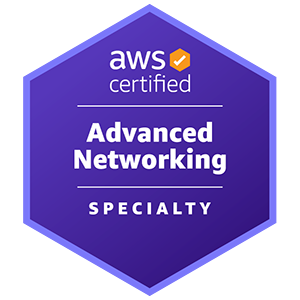
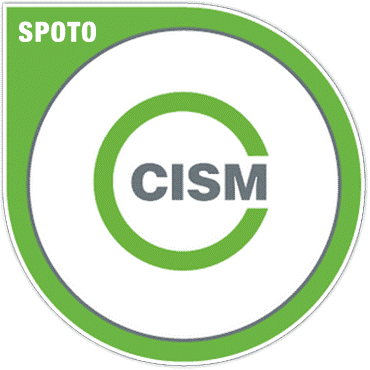

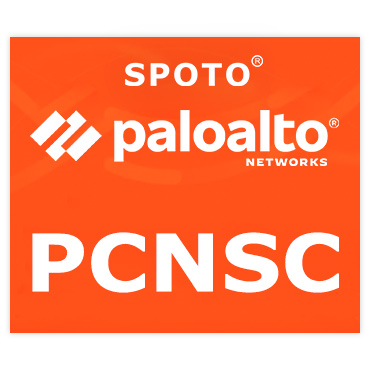
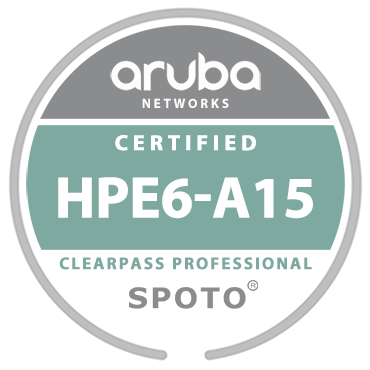
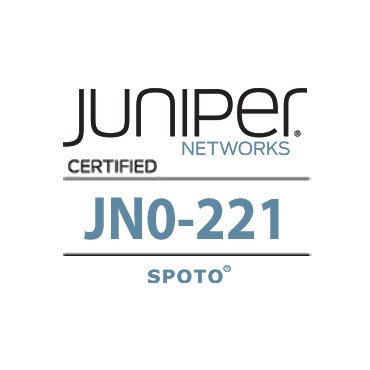

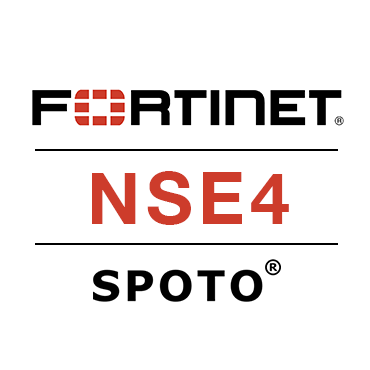
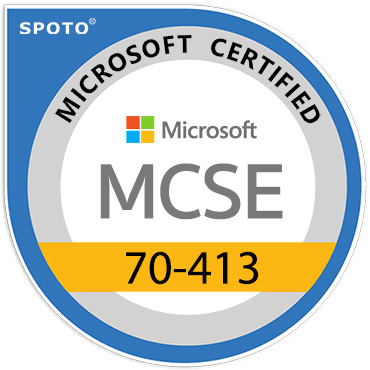

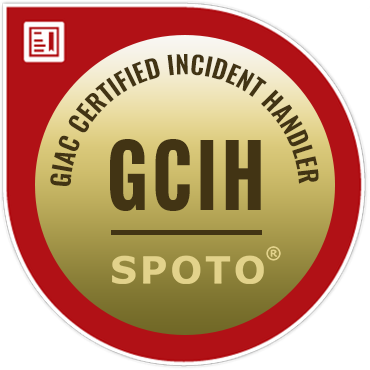

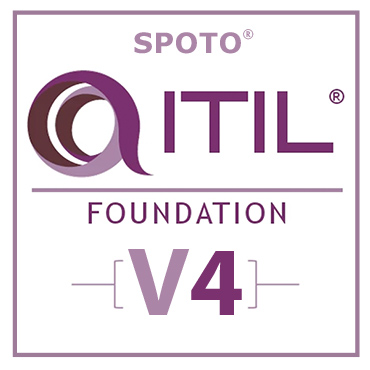
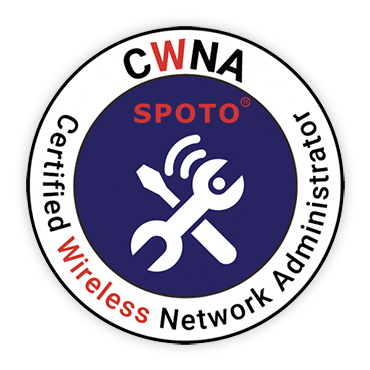
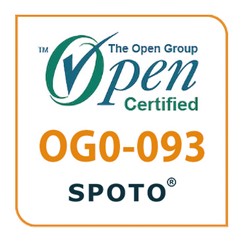



Comments